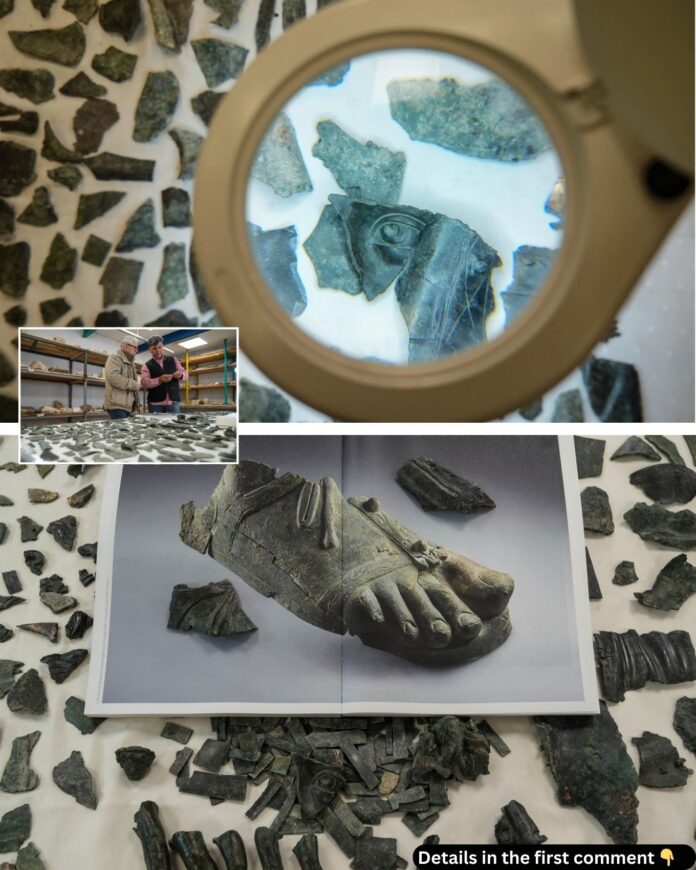In the ancient city of Metropolis, located in modern-day Izmir, Türkiye, archaeologists have uncovered a treasure trove of history buried in an unexpected place—a 2,000-year-old “junkyard.” Among the remains are approximately 2,000 bronze statue fragments, offering a unique glimpse into the cultural, religious, and economic transformations of Late Antiquity. This discovery not only redefines our understanding of Metropolis but also sheds light on ancient recycling practices and the impact of societal change.
The Historical Significance of Metropolis
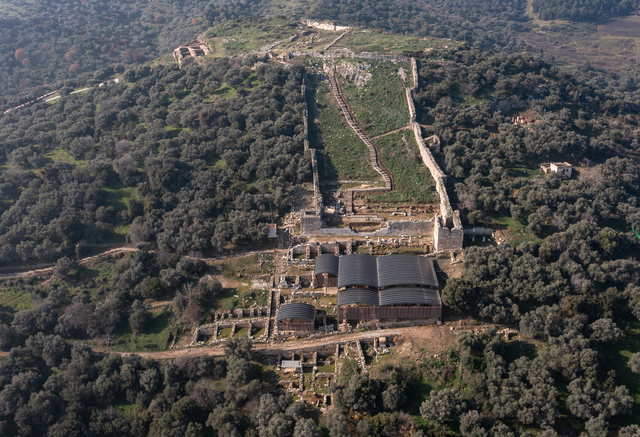
The city of Metropolis boasts a rich history, stretching back to the Neolithic era. Located strategically along trade routes connecting the Aegean coast to central Anatolia, the city thrived due to its fertile lands and bustling commerce. Renowned geographer Strabo praised Metropolis for its high-quality wine, which became a significant export during its peak.
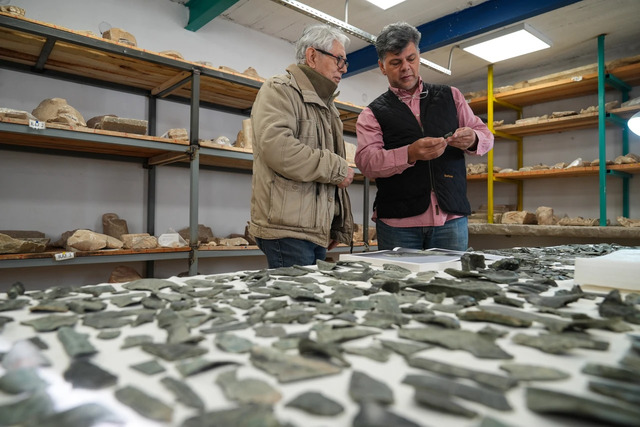
The city’s development reached its zenith during the Hellenistic and Roman periods, transforming into a vibrant hub of art, culture, and religion. However, as Christianity began to dominate the region during Late Antiquity, many polytheistic temples and statues lost their significance, leading to their systematic dismantling. This shift in religious ideology is reflected in the remnants uncovered at the site, particularly in the bronze fragments that once formed intricate sculptures of gods, emperors, and benefactors.
Video
Archaeologists have discovered 2,000 bronze statue fragments in an ancient scrap yard – watch the video to explore this remarkable find and what it reveals about ancient practices!
Discovering the ‘Junkyard’ of Bronze Statues
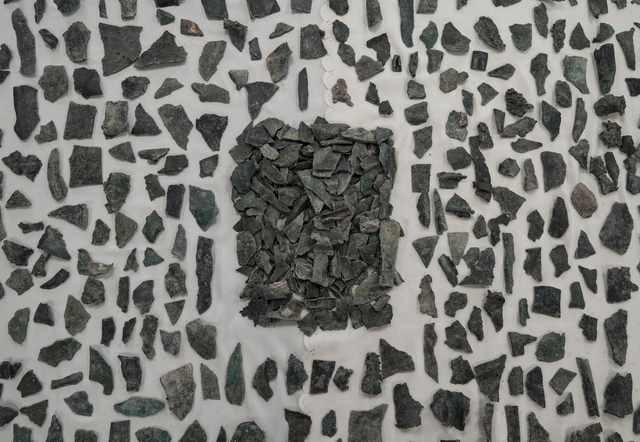
The excavation site, deemed an ancient “junkyard,” has revealed an extraordinary collection of bronze statue fragments dating from the Hellenistic to the Roman imperial period. The pieces include detailed features such as fingers, toes, eyes, and sandals, as well as unidentifiable fragments. These artifacts were not merely discarded; they were intentionally broken apart, collected, and repurposed.
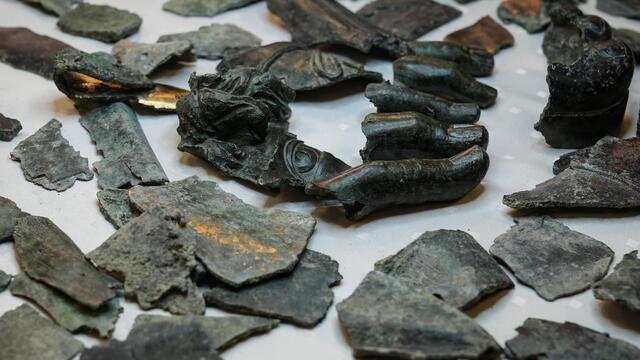
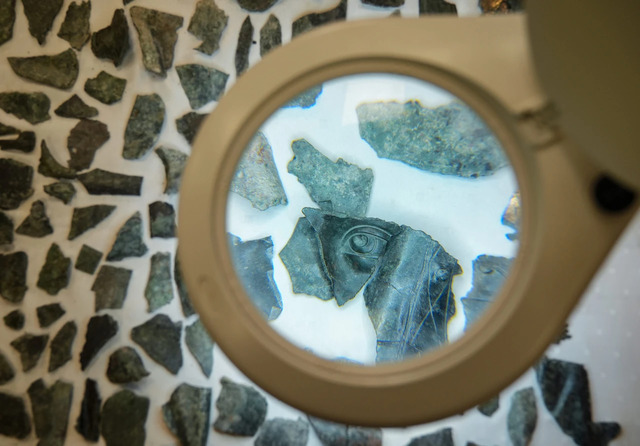
Professor Serdar Aybek, the lead archaeologist, explains that many of these statues were dismantled during the transition from polytheism to Christianity. As pagan symbols fell out of favor, their bronze components were melted down to create coins or other utilitarian items. This practice highlights the value of bronze as a commodity and reflects the resourceful nature of ancient societies.
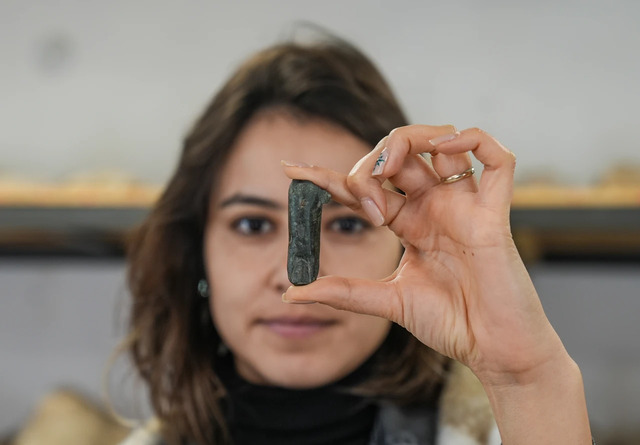
Recycling Practices in Antiquity
One of the most remarkable aspects of this discovery is the evidence of advanced recycling practices in ancient Metropolis. Alongside the fragmented statues, researchers found square and rectangular bronze plates, which played a crucial role in statue production and repair. These plates were used to close gaps created during the casting process, showcasing the meticulous craftsmanship of ancient artisans.
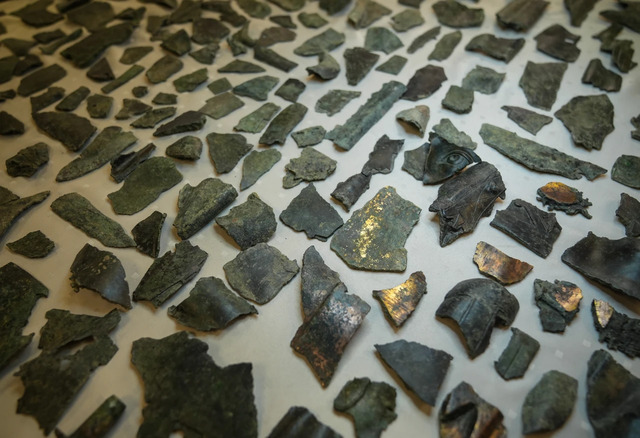
The presence of these plates suggests that Metropolis was not only a hub for statue dismantling but also a center for bronze manufacturing and restoration. This dual role emphasizes the city’s economic importance and its inhabitants’ ingenuity in repurposing valuable materials.
The Stories Behind the Statues
The fragments tell stories of Metropolis’s past, from its cultural identity to its notable figures. Some inscriptions reference benefactors like “Metropolisli Apollonios,” hinting that these statues were once erected to honor influential individuals. These connections provide valuable insights into the social and political dynamics of the time.
Moreover, the craftsmanship of the statues offers clues about the artistic styles and techniques prevalent during the Hellenistic and Roman periods. The intricate detailing on the fragments reflects the skill of ancient sculptors, whose works were both artistic masterpieces and symbols of cultural pride.
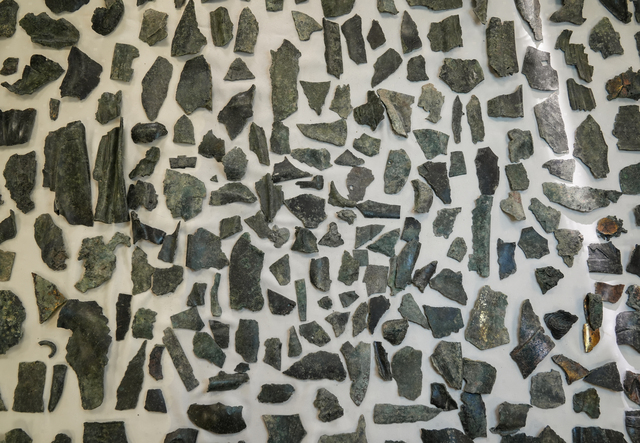
Cultural Shifts and Religious Transformations
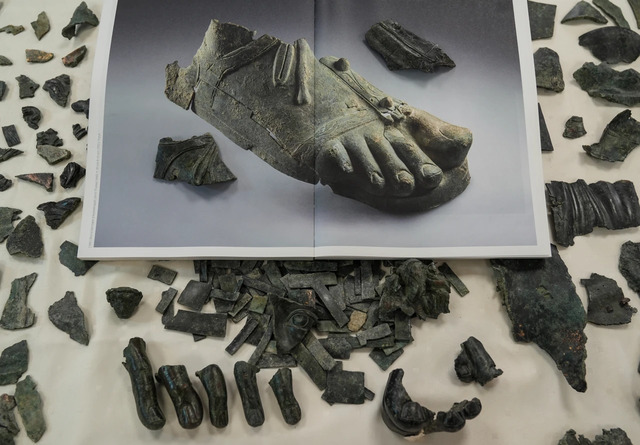
The bronze fragments serve as a tangible reminder of the profound cultural and religious shifts that shaped Metropolis. As Christianity gained prominence, the destruction and recycling of polytheistic symbols became a widespread practice. This transition marked a significant departure from the city’s earlier traditions, reshaping its spiritual and cultural landscape.
The dismantling of these statues also underscores the tension between old and new ideologies. While the fragments represent a loss of cultural heritage, they also highlight the resilience of communities adapting to changing beliefs and practices.
Preservation and Future Research
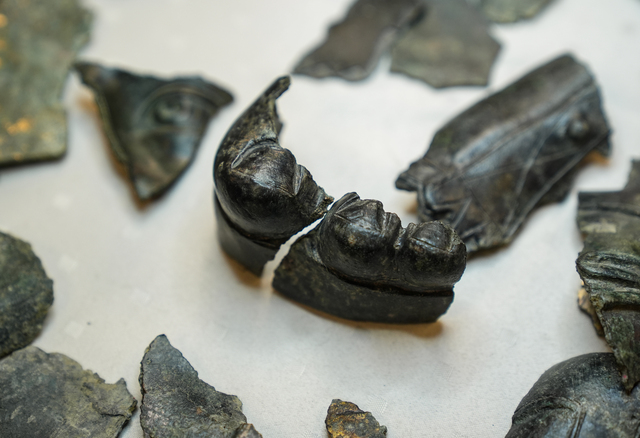
Today, the artifacts from Metropolis are undergoing careful analysis and conservation. With over 11,000 items, including ceramics, coins, and sculptures, already discovered at the site, the bronze fragments add another layer of historical value to this rich archaeological record.
Researchers are eager to uncover more about the city’s past as excavations continue. By analyzing these fragments, archaeologists hope to gain deeper insights into the techniques, materials, and cultural influences that shaped Metropolis over centuries.
Video
Watch the video to explore newly discovered ancient Roman bronze statues – uncover the intricate details and historical significance behind these remarkable artifacts!
Conclusion
The discovery of 2,000 bronze fragments in Metropolis offers a rare window into the ancient world, revealing not only the city’s artistic and cultural achievements but also its adaptability in the face of change. These remnants tell a story of transition—from polytheism to monotheism, from artistic grandeur to practical recycling—capturing the essence of a society in flux.
As researchers delve deeper into this ancient “junkyard,” they uncover more than just fragments; they piece together the story of a city that once stood at the crossroads of history. The legacy of Metropolis, etched in bronze and buried for millennia, continues to inspire and inform our understanding of the past.
